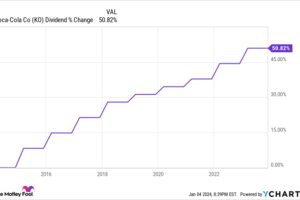
A torrid, tech-led stock-market rally stalled out this past week as investors began to come around to what the Federal Reserve has been telling them.
Bulls, however, see room for stocks to continue their rise as institutional investors and hedge funds play catch up after cutting or shorting stocks in last year’s tech wreck. Bears contend a still-hot labor market and other factors will force interest rates even higher than investors and the Fed expect, repeating the dynamic that dictated market action in 2022.
Financial market participants this past week moved closer to pricing in what the Federal Reserve has been telling them: the fed-funds rate will peak above 5% and won’t be cut in 2023. Fed-funds futures as of Friday were pricing in a peak rate of 5.17%, and a year-end rate of 4.89%, noted Scott Anderson, chief economist at Bank of the West, in a note.
After Fed Chair Powell’s Feb. 1 news conference, the market still expected the fed-funds rate to peak just shy of 4.9% and end the year at 4.4%. A red-hot January jobs report released on Feb. 3 helped turn the tide, alongside a jump in the Institute for Supply Management’s services index.
Meanwhile, the yield on the policy-sensitive 2-year Treasury note
TMUBMUSD02Y,
4.510%
has jumped 39 basis points since the Fed meeting.
“These dramatic interest rate moves on the short end of the yield curve are a large step in the right direction, the market has begun to listen, but rates still have a ways to go to reflect current conditions,” Anderson wrote. “A Fed rate cut in 2023 is still a long shot and robust economic data for January give it even less of a chance.”
The jump in short term yields was a message that appeared to rattle stock market investors, leaving the S&P 500
SPX,
+0.22%
with its worst weekly performance of 2023, while the previously surging Nasdaq Composite
COMP,
-0.61%
snapped a streak of five straight weekly gains.
That said, stocks are still up smartly in 2023. Bulls are becoming more numerous, but not so…
..






